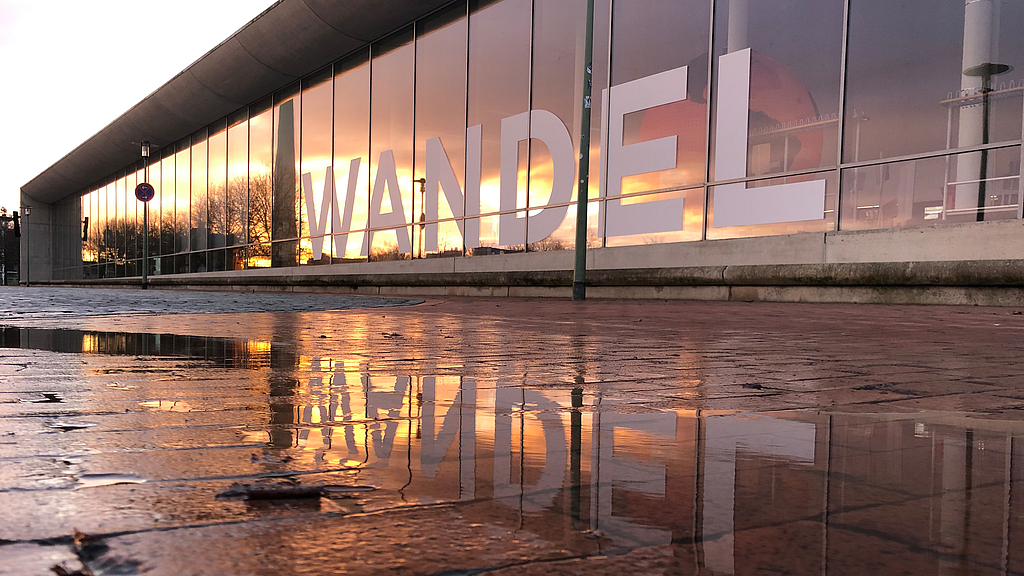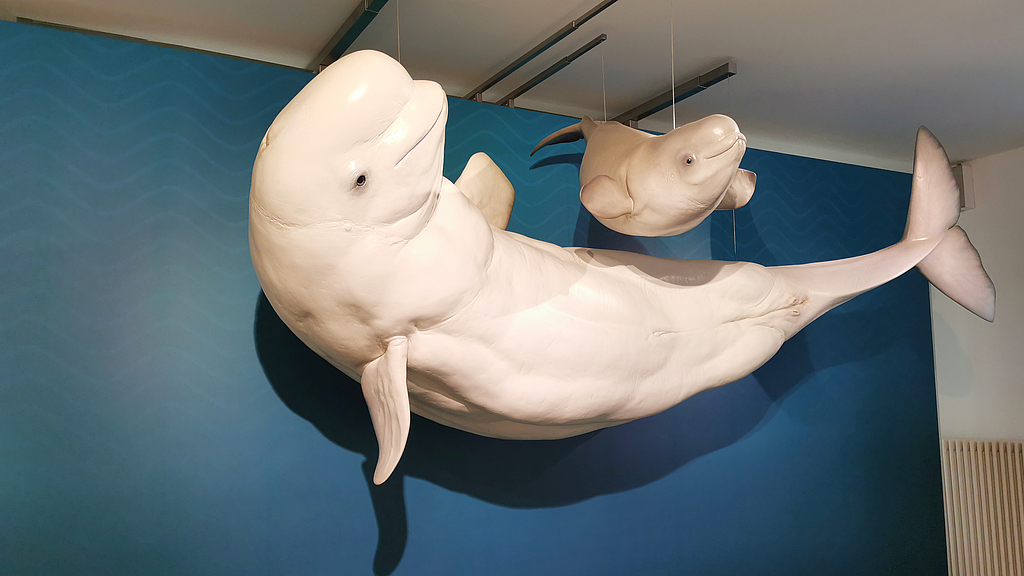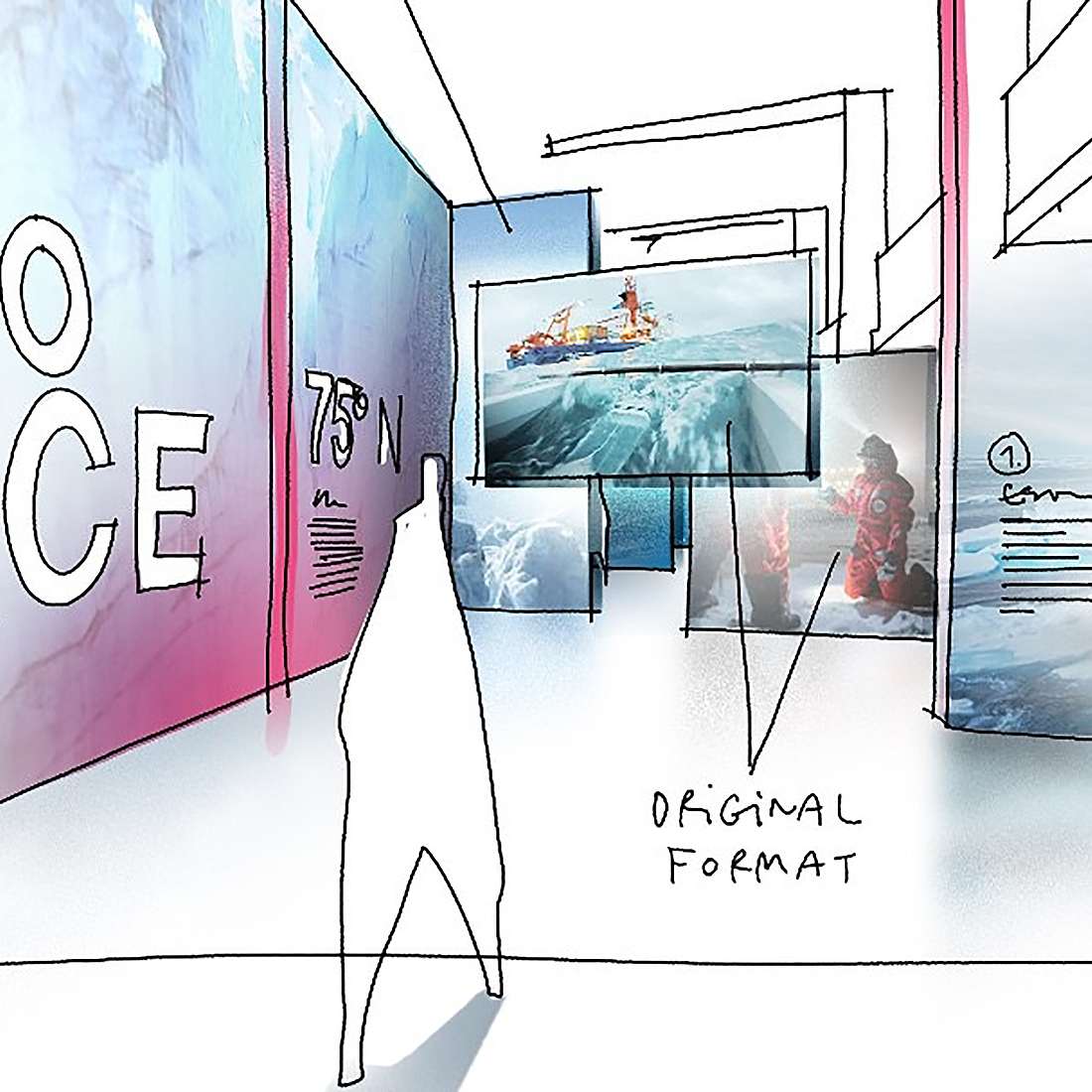Man and the Sea: DSM plans new special exhibitions for 2021
How do oceans and shipping shape our lives? What influence do we have on the oceans? "Change Now! How Ships Change the World" is the name of the new exhibition focus presented by the German Maritime Museum (DSM) on the occasion of the UN Decade of Ocean Research for Sustainable Development. During the current corona-related closure of the museum, preparations for new special exhibitions are in full swing.
Virtual tours, digital ship models, learning and hands-on opportunities, 360-degree videos from aboard the Polarstern and much more exciting content can now be found bundled together at www.dsm.museum/digital. New are videos with experiments to do. They invite children to discover natural and environmental phenomena in a playful way. They can be seen on YouTube (www.youtube.com/leibnizdsm) and on Facebook (www.facebook.com/leibnizdsm).
"Treasures from our collection" can now be viewed virtually
Long popular and now also available to experience virtually: the event series "Treasures from our Collection", or SAUS for short. The format itself is not new, but could not take place for a long time due to Corona. Now the guided tours are offered on the third Sunday of each month from 11 a.m. on YouTube and Facebook. The first video is already online: Dr Frederic Theis tells exciting details about the model of the H.M.S Beagle, which is currently on display as part of the exhibition "KARTEN WISSEN MEER". The British barque became famous because Charles Darwin set out on a second expedition with her from 1831 to 1836.
Window gallery on the extension
In February, the window gallery opened on the extension building. Passers-by can view the results of the "Museum in a Box" competition during a tour of the building. After the successful exhibition "KOGGE meets PLAYMOBIL" last year, the DSM called on families to recreate their favourite scene from the show in a box. In the digital-analogue exhibition "Cocoa, Coffee, Tobacco - Intoxicants in the Past", pupils present their research results on the historical transport, trade and consumption of the former intoxicants. The show will open digitally on Facebook and YouTube on 3 April 2021.
Focus on photographs from the colonial era
Also opening from 18 April is the outdoor exhibition "Seeing the Other? The Colonialist Gaze" will open in the rotunda in the museum harbour. It shows motifs from travel albums with photos that marines sent from the German Empire took of the people in the German colonies of the time. With this show, the DSM is for the first time discussing the relationship between war and merchant shipping and German colonial history, and is bringing its critical examination of the museum's collection of colonial history to the public.
UN Decade of Ocean Exploration
From 6 August 2021, the DSM will be accompanying the UN Decade of Oceanic Research for Sustainable Development with a new special exhibition area on the themes of climate change, shipping through the ages and the history of water, air and soil research. The joint motto is "Change Now! How ships change the world". In the course of this, the interior of the extension building is getting a completely new look. Where the large globe of the "SEA CHANGES" exhibition can now be seen, the sailing boat with which the former regatta sailor Wilhelm Kuhweide won gold at the 1964 Olympic Games will be enthroned. Large-scale installations with tetrapods illustrate the extent of climate change. Oceans cover two-thirds of the earth - how is the maritime ecosystem changing and what impact will this have on the smallest and largest creatures such as krill and whales? The DSM sets off on a research expedition in search of answers.
Adventure in marine research
Easily visible from the outside, an election parade passes below the ceiling through the extension building. Narwhals and a beluga whale with calf have been loaned by the Stralsund Marine Museum. Also coming from the Baltic Sea city to the North Sea are various ship models as well as historical measuring instruments that illustrate how research was done back then and is done today. Guests can look forward to slipping into the role of researchers. They will experience at first hand how data from water, soil and air are decoded and dive into the adventure of marine research.
Fascinating impressions of the MOSAiC expedition
"INTO THE ICE" is the title of a photo exhibition with impressive pictures taken by various photographers who accompanied the MOSAiC expedition. Some of the motifs were taken by Esther Horvath. The photographer at the Alfred Wegener Institute, Helmholtz Centre for Polar and Marine Research was awarded the World Press Photo Award last year. "INTO THE ICE" documents the construction of the research camp on the ice floe, life on board the research icebreaker Polarstern and encounters with polar bears. The darkness of the polar night and temperatures of 25 °C below zero presented the photographers with special technical challenges. When shutter releases freeze, changing the battery with several gloves becomes a feat of strength, patience, endurance and tricks are needed.
Dangers of World War II remains in the North Sea
Where are wrecks and munitions located in the North Sea? What dangers do they pose to people and the environment? Researchers of the "North Sea Wrecks" project are getting to the bottom of these questions. The results of the European team are told in a travelling exhibition that is moving from Bremerhaven to the countries bordering the North Sea. The mobile show will be on display from August, initially in front of the DSM during the "Lütte Sail" windjammer festival.
Interactive shipyard model
The dimensions of the product "ship" make the production site "shipyard" an exciting place to be. From August, interested visitors can visit this place of longing in the DSM via an interactive shipyard model. Thanks to digital mediation media (augmented reality/virtual reality), guests themselves become actors and immerse themselves in the world of virtual shipbuilding.
Research depot opens in summer
Not an exhibition, but also a major project is the completion of the new research depot in the fishing harbour. The building will be completed in the summer. By the end of the year, about 380,000 archives and about 60,000 museum objects as well as taxidermied animals will move in on an area of 2,300 square metres. The depot offers excellent storage conditions for the historical exhibits and enables the research team at the DSM to work with the materials directly on site.

Model sketch of the photo exhibition INTO THE ICE.
Photo: DSM / Christoph Geiger

A spirit of optimism in the extension building: something is happening behind the glass facade with the lettering "Wandel" ("Change").
Photo: DSM / Mareike Heger


Model ship ALBRECHT PENCK: Scale 1:50
Veteran of marine research: The ALBRECHT PENCK is the German research ship with the longest sailing time, 59 years. Hand winches and water scoops were still used on her. She has contributed to research into the climate history of the Baltic Sea.
Photo: DSM / Annica Müllenberg

